
Refractory castable drying and baking control process

The difference between silicon brick and semi-silicon brick
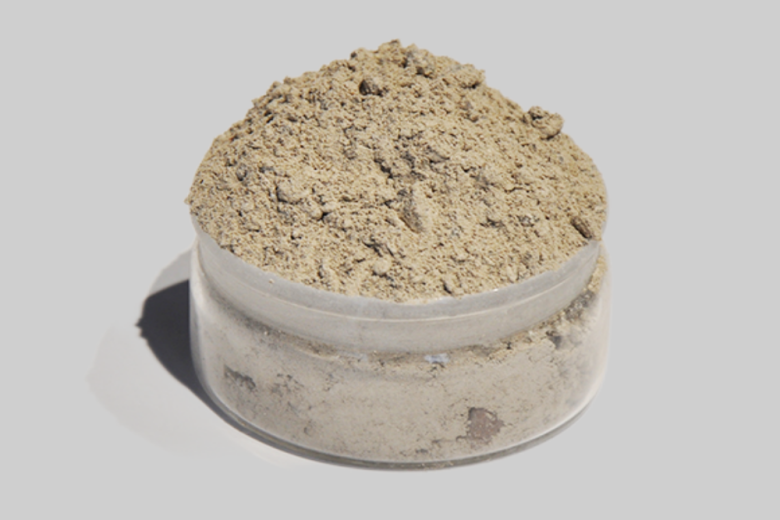
The chimney lining is made of light acid-resistant castable, which has strong air tightness, and does not require light and heavy layers. The two-layer material construction reduces the thickness of the lining and improves the thermal insulation performance.
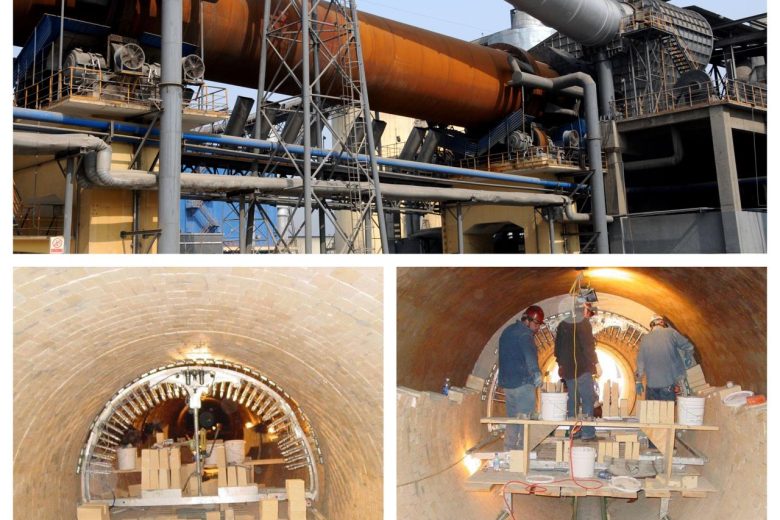
At the back of the cement rotary kiln, the length of the kiln mouth is about 1 meter, wear-resistant castable can be selected, but it must have a certain degree of alkaline resistance. The castable area from 10D to the rear kiln entrance can use anti-spalling high-alumina bricks; The 7D-10D section of the rotary kiln can use silmo brick or Silmo red brick; Section 5D-7D is a transitional zone, which can use magnesia-aluminum spinel brick; The 6D-7D section can also use Silmo brick or Silmo red brick;
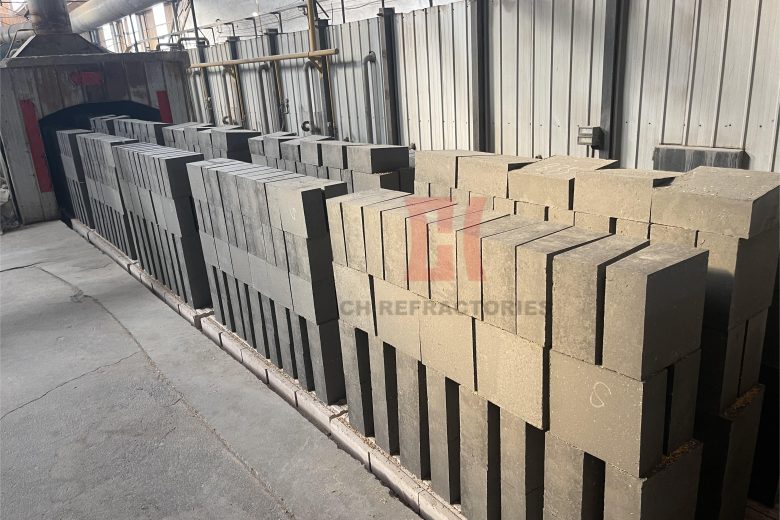
Phosphate brick is most suitable for use in white ash kiln, zinc kiln lining, can be used for high temperature zone and transition zone. If it is a white-ash rotary kiln, the entire kiln lining can use phosphate bricks, but it is the use of high density bricks in the high temperature zone, and the use of low density bricks in the transition zone.
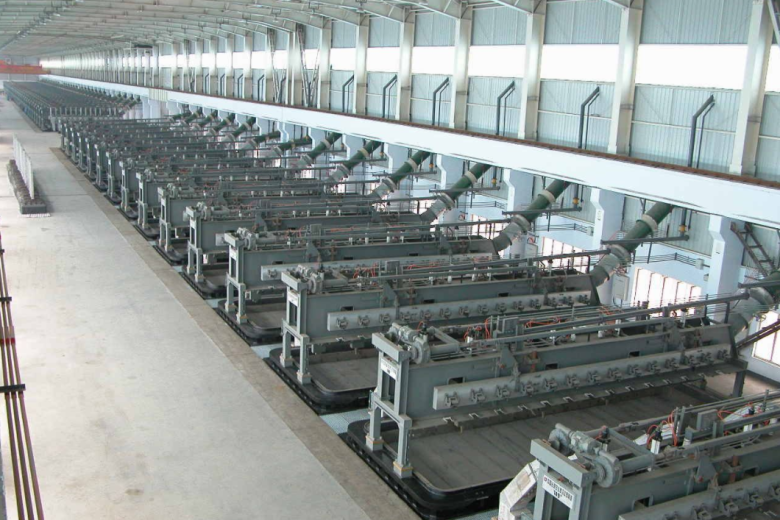
The process of dry barrier refractory is made of clay clinker as refractory aggregate, and the third grade high aluminum clinker is processed into different granular aggregate and powder, which is processed by micro-powder technology and bonding agent.
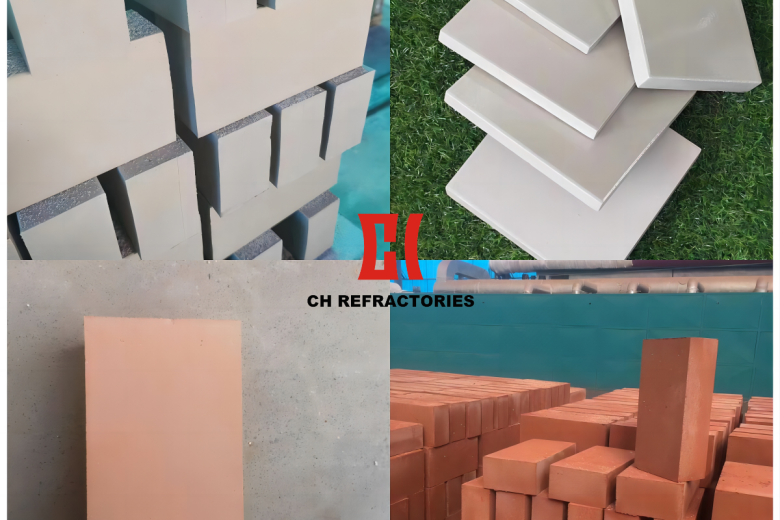
The selection of acid-resistant bricks depends on the actual use of the site, the service temperature, pressure, bulk density requirements, and so on to make the final choice.
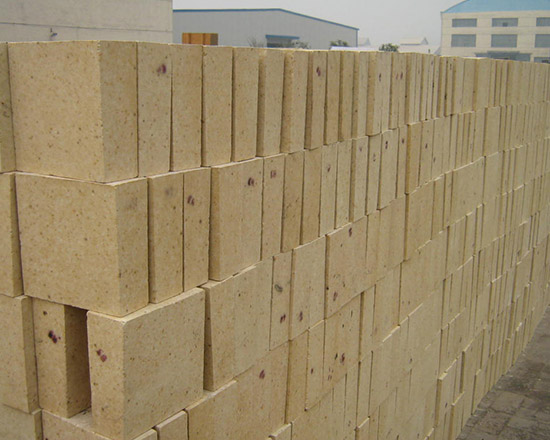
The low porosity high alumina brick has low porosity and strong corrosion resistance, low creep high alumina brick is used in different conditions of furnace lining.
Submit Request
PDF Request